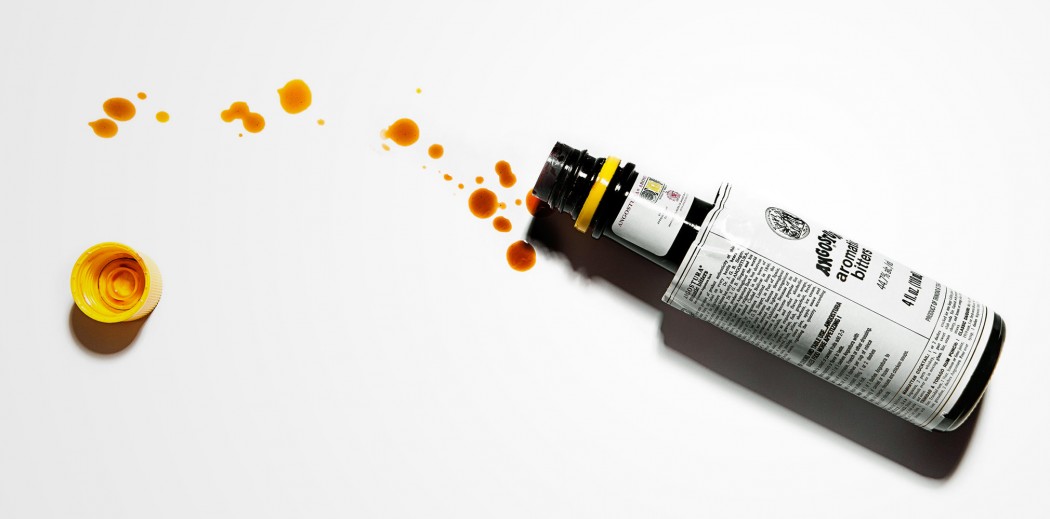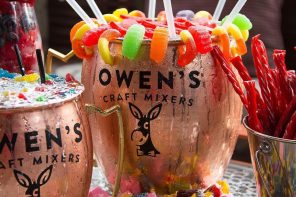Any cocktail lover worth their salt knows that bitters are an essential part of turning your standard mixed drink into a real-deal cocktail. However, if you’re new to the cocktail scene you may just now be realizing that bitters a truly quintessential. But what exactly are bitters? For an ingredient that is so foundational it’s important to know what you’re dealing with, then the opportunities to get creative with bitter’s uses are endless, even having non-alcohol benefits! Expand your mixology knowledge or take notes for starting your at-home bar with our bitters 101 guide.
Bitters are made from barks, flowers, roots, berries and other parts of plants that are infused into an alcohol base that doesn’t have any flavor (although some bitters do use a base that is similar to rum or whisky). All bitters contain bittern that come from herbs, roots and bark but what distinguishes bitters from one another is the individual aroma. The aroma comes from flowers, seeds and fruits. While each ingredient list differs from brand to brand, common ingredients in bitters blends are anise, fennel, cardamom, caraway, lavender, nutmeg, wormwood, cinnamon and licorice.
Bitters are not defined by law, nor are there any production standards or guidelines, but a few general types are citrus, aromatic and herbal. Angostura one of the most common aromatic bitters, citrus bitters have been made from almost every type of citrus like orange, grapefruit and lemon and herbal bitters range from thyme to tarragon. Other varieties include fruit, spice and nut bitters. A single serving is only a few drops or dashes, so that extract runs potent!
A few theories of how bitters were created date back to the 9th century when the distillation of alcohol was invented and started to become a refined science. Bitters were widespread in Europe by the 19th century for medicinal purposes for ailments like digestives problems. One theory of how bitters began being mixed with alcohol is that during the 19th century bitters were added to liquor, like cognac or sherry, in order to handle the extract’s overly heady flavor. Thus, cocktails began to evolve.
With the revival of the craft cocktail over the past few years, the exploration of what bitters can do has skyrocketed. A traditional Old Fashion is made with orange bitters, a Sazerac cocktail uses the familiar brand Peychaud’s and even a homemade hangover cure calls for Angostura with seltzer.
And one last note, you might have heard of amari in relation to bitters – even though the two are not the same they are related; Amaro (singular of amari) means “bitter” and is a botanical based Italian aperitif and digestif. Amari are bottled, potable bitters that can be drunk in larger quantities as opposed to bitters that only call for a few dashes in a drink. Amari used to be exclusively produced and sold in Italy but has now made its way stateside with common brands like Campari, Aperol, Fernet Branca, Amaro Montenegro, Averna and Cynar.
And you can even make bitters at home! So if you’re an avid home brewer or like to get creative in the kitchen, give at-home bitter making a whirl. It’s both the best friend to any cocktail and the secret ingredient to any hangover fix.









Not all bitters are bitter, in fact. A century ago there was a category called “complexing agents”, as described in the book, “Cocktails of the South Pacific”, which includes an extensive appendix of original authentic procedures to make these solutions in the back of the book.